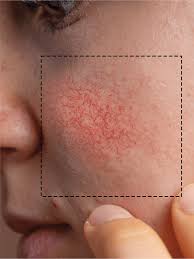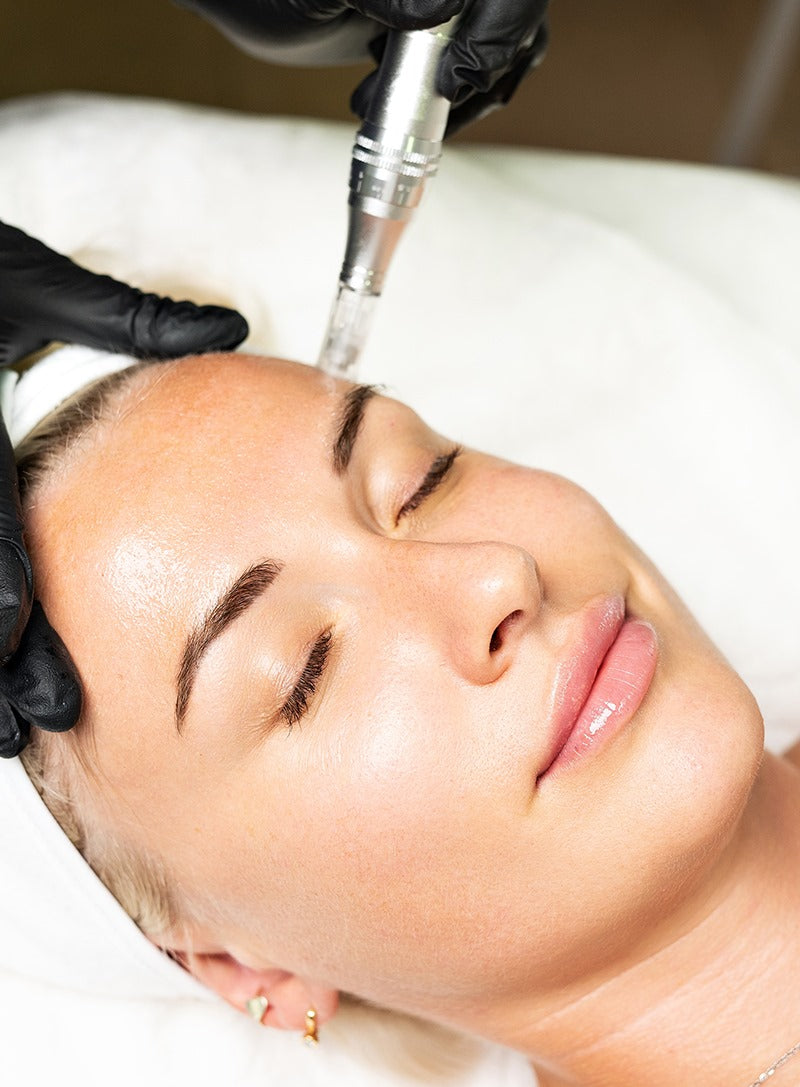
Could It Be Rosacea? Understanding the Symptoms and Care
Rosacea, characterized by facial redness, swelling, acne-like bumps, and enlarged blood vessels, typically affects the cheeks, nose, forehead, and chin. It often emerges in individuals aged 30 to 50, but it can occur at any age.
While the exact cause of rosacea is not fully understood, it is believed that genetic and environmental factors play a role. Additionally, factors like sunlight, stress, alcohol consumption, hot beverages, and spicy foods can exacerbate rosacea symptoms.
For those with rosacea, it is recommended to protect the skin from sunlight, limit alcohol consumption, manage stress, and pay careful attention to skincare. Avoiding spicy foods and hot drinks can also help prevent symptom flare-ups.
Symptoms and Types of Rosacea
The most common symptoms of rosacea include facial redness and swelling, enlarged blood vessels, acne-like bumps, skin burning and itching, and redness and sensitivity in the eyes. Symptoms can vary from person to person and may persist over time.
According to a study by the National Rosacea Society, out of 1,066 patients surveyed, 41% reported that using the wrong skincare products worsened their rosacea symptoms, and 27% experienced increased burning sensations.
What Is Rosacea?
Facial redness is the most common sign of rosacea. It often presents with redness, burning, dryness, and acne-like bumps. Although rosacea can appear at any age, it usually starts showing symptoms around the age of 30, often more severely in those with fair skin and in men compared to women.
What Causes Rosacea?
The exact cause of rosacea is not known, but various theories have emerged over the years. The condition causes blood vessels in the face to dilate easily, leading to increased blood flow near the skin's surface, which results in redness and burning.
Several lifestyle and environmental factors can trigger rosacea. Acne-like bumps are often found in the middle of the face and can be due to factors such as blood flow, skin bacteria, microscopic mites (Demodex), follicle irritation, sun damage to underlying connective tissue, weakened immune function, or psychological stress.
Types of Rosacea
Rosacea can be categorized into four different types:
1. Erythematotelangiectatic Rosacea: Characterized by redness and visible blood vessels.
2. Edematous Rosacea: Features redness and swelling.
3. Rosacea Fulminans: Accompanied by cysts and acne-like lesions.
4. Rhinophyma: Involves excessive growth of the oil glands on the nose, leading to enlargement.
Severe cases may include nodules called "granulomas," scarring, and rhinophyma. Rarely, persistent lymphatic swelling may occur.
Skincare Tips for Rosacea
According to a survey by the National Rosacea Society, common irritants for rosacea sufferers include:
- 66% reported irritation from alcohol
- 30% from witch hazel
- 30% from fragrances
- 21% from menthol
- 14% from peppermint
- 13% from eucalyptus oil
Cleansing Rosacea-Prone Skin
Gentle cleansing is crucial for rosacea-prone skin. Cleanse at least once daily to remove excess oil, environmental residues, bacteria, and residue from skincare and makeup products. This helps soothe and treat the skin.
When choosing a cleanser:
- Use your fingertips to apply the cleanser, avoiding sponges or scrubs that can irritate the skin.
- Rinse with lukewarm water; hot or cold water can cause redness or irritation.
- Gently pat your skin dry with a cotton towel, avoiding rubbing or pressing.
- Avoid cleansers with high pH levels or acidic ingredients.
Choosing the Right Moisturizer
One of the main issues with rosacea is a weakened skin barrier, leading to moisture loss and vulnerability to external irritants. A good moisturizer helps repair this barrier and protects against harmful external elements.
When selecting a moisturizer, choose one with soothing ingredients that won’t irritate the skin. For daytime routines, if your skin needs hydration, you can apply a moisturizer before sunscreen.
Importance of a Suitable Toner
Using a toner with a pH level around 4.5 is crucial to balance the skin’s pH. This helps maintain the skin’s natural barrier and reduces irritation. DS V-LINE Hydro Toner is formulated to be gentle and suitable for rosacea-prone skin, providing effective hydration while supporting skin balance.
Don’t neglect the importance of consulting a skincare specialist. Finding the right ingredients for your skin is crucial. The types of acids and other active ingredients you use should be suitable for rosacea-prone skin. Be sure to seek advice from your specialist to choose the most appropriate products for your needs.



